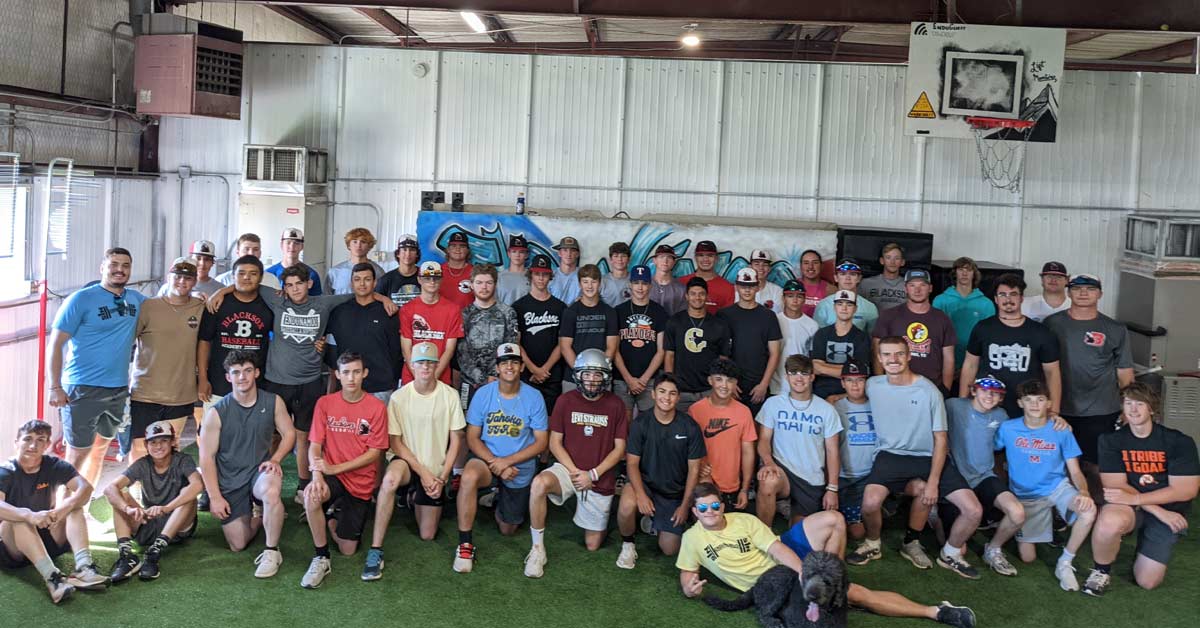For many coaches, the summer is the only time of the year they get to catch their breath and enjoy some extra family time for a change. For me, however, it is the complete opposite—I am the director of performance at a private sports training facility in Wichita Falls, Texas. Throughout the year, we will normally carry 125-150 athletes at any given time, but in the summer that number jumps to 250-300. Between our college athletes coming home for the summer, school kids having more free time to train, and football and volleyball getting ready to compete, we are overwhelmed.
I love the challenge that this time of the year provides, and I try to thrive and not just survive the whirlwind. Because of this, I’m always looking to learn more about how to create better athletes and run a better business. With this being the seventh summer for my business, I wanted to step back, breathe, and reflect on seven lessons from summer 2022 that I will build on moving forward.
1. Less Is More
Confucius has been quoted as saying “A healthy man wants a thousand things, but a sick man only wants one,” while in the book of Matthew it is written that “No man can serve two masters.” And in 1768, Christoph Martin said “Too much light often blinds gentlemen of this sort. They cannot see the forest for the trees.”
Long before the invention of the barbell, wise individuals were trying to teach us the rule of intentional focus. And yet still so many of us convince ourselves of the lie that quantity beats quality. I have seen extremely talented athletes get backtracked by overzealous coaches. Pharmacology uses the term effective dose, which is the deliberate amount of something needed to induce a biological response. In strength and conditioning, this is the amount of training needed to create adaptation. It is a deliberate amount of intentional work that yields the best improvements.
Long before the invention of the barbell, wise individuals were trying to teach us the rule of intentional focus, says @endunamoo_sc. Share on XOver the course of the summer, our best results came from the guys who were NOT doing 50 forty-yard sprints (yes, a real thing here in Texas) or those who were not subject to five sets of eight every single week. And when you take a step back to see the whole picture, it makes sense. If you adapt to what you do and you run dozens of slow-fatigued-halfhearted sprints, you develop slow-fatigued-halfhearted athletes. Although I am ALWAYS tempted to do more, I am reassured at the end of the training cycle that less is more. The effective dose always wins.
2. Recognizing Why My College Athletes Come Back Worse Each Semester
Every December and May, I get a flood of really talented and hard-working college athletes coming back to my facility. Unfortunately, the majority of these studs are returning slower, weaker, more fragile, and less explosive than when they left. Why is that? It couldn’t be that they were not working hard or that they lacked the resources to train.
After many conversations and training sessions, I came across three common causes:
- For starters, at the end of a tough season, some of these athletes were WORN OUT. Between hard game play and brutal “conditioning” workouts provided by a sports coach, their bodies just need a break.
- Secondly, a myth that many aspiring coaches (aka me 10 years ago) believe is that if someone is a D1 coach, they must be top-of-the-line talent. Unfortunately, just like when I was a 20-something running workouts, you don’t always get the cream of the crop in college. Sometimes it’s a GA, first time assistant, or a coach cutting his or her teeth on a new group of athletes.
- Finally, some coaches are stuck in a system that the school developed years (even decades) ago that hasn’t evolved with the times—even though they have the latest Tendo units and squat racks available. I’ve sent female athletes to D1 schools that refuse to do free weight training or plyometrics because it “is bad for their hips and knees.”
Because of these stumbling blocks, I approach work with this level of athlete differently. We talk about how the season went, and then pick key areas that they believe will improve their quality of play and longevity (big emphasis on the latter). Knowing that I have 8-10 weeks to undo 6 months of backtracking means that we have a long road ahead of us—and that’s okay. The only rule is that we get better where it matters and create a long-term plan for when they return.
The only rule is that we get better where it matters and create a long-term plan for when the athletes return from school, says @endunamoo_sc. Share on X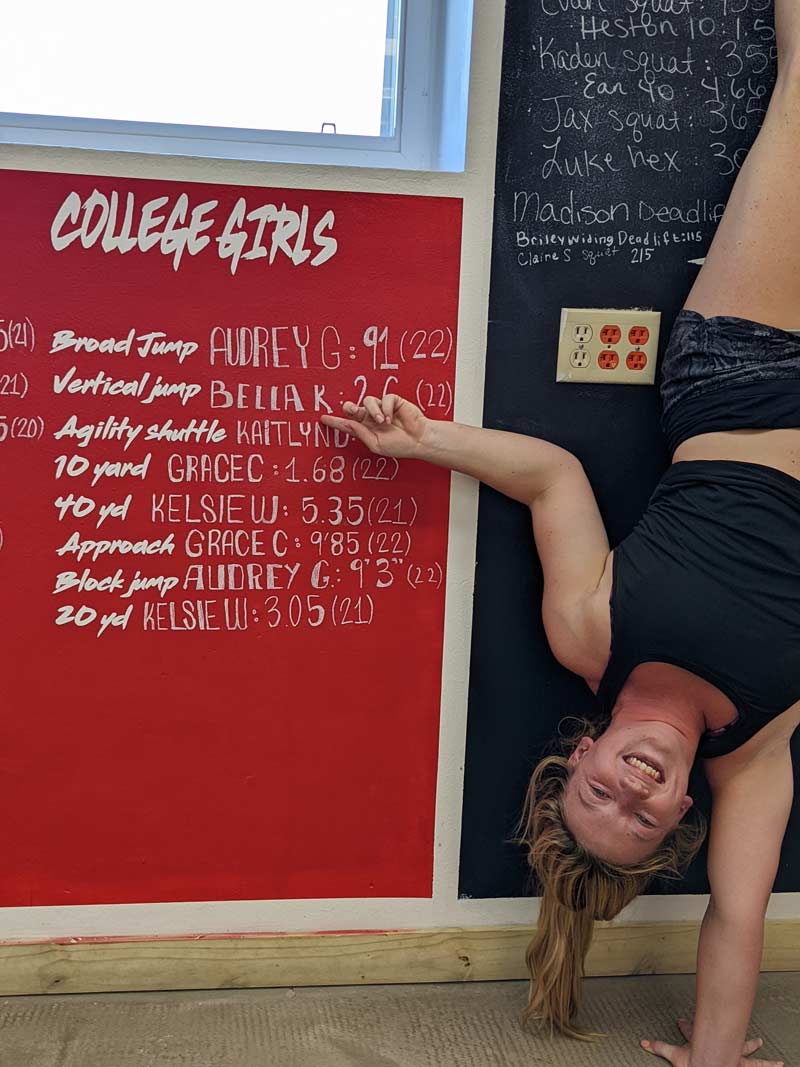
3. How to Spot “Tourists” and Create “Locals”
All of the local “sporty” families know who we are, and we typically have waitlists to enroll in certain programs. Each summer, we also pick up dozens of new tourists that we try and turn into locals. Likewise, we run into dozens of tourists that are only here for the t-shirt and Instagram post. They think that by buying in, they are bought in. Just to give an example, we have a minimum unenrollment date to cancel your participation in our program for that month—like with your phone bill, tanning membership, or even Netflix account.
At the end of every busy season, a parent will storm our front desk and inform us that little Tommy is now doing private basketball and baseball lessons and is on a select football team and will be traveling three times a week and can no longer attend his workouts—and they want a refund. These people never accept the first “No” as an answer, and will yell at our staff members as if they called back the game winning touchdown on a bad holding call. We don’t like these kinds of tourists at out facility, but we have to go through a sea of them to find our possible locals: the families that actually buy in.
Years ago, I decided to create enrollment rules that benefit our coaches and staff members more by creating better clients. If people don’t want to follow these rules, they are clients worth firing. Although it hurts the bottom dollar at times, it makes our program stand out that much more. Every summer, I find new groups of locals to develop and enjoy and a new group of tourists to say sayonara to.
Years ago, I decided to create enrollment rules that benefit our coaches and staff members more by creating better clients, says @endunamoo_sc. Share on X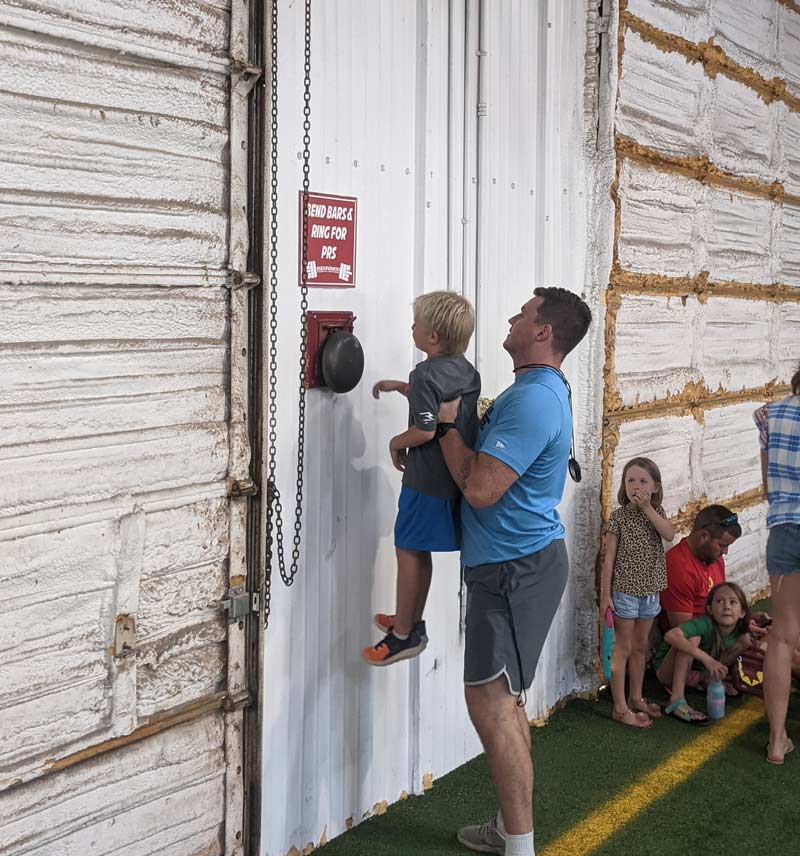
4. Bilateral & Unilateral Strength Training Are Actually Best Friends
It wasn’t that long ago that many coaches on Twitter were making bilateral and unilateral lifts face off in the metaphorical octagon. If you followed the discourse, it was like an ugly breakup between some of the best and brightest coaches. I’ve already written about these differences before, but my stance has been strengthened by what I witnessed this summer.
Our program put equal value, intensity, and volume on both unilateral and bilateral strength training. To be honest, we have always trended towards bilateral strength; however, it was made evident to me that I could move the performance needle more by intentionally adding more unilateral strength. After finding a way to complement our training and schedule, I was able to get kids to hit long awaited PRs in the weight room and on the track. Needless to say, I won’t be going back.
It was made evident to me that I could move the performance needle more by intentionally adding more unilateral strength to my bilateral strength, says @endunamoo_sc. Share on X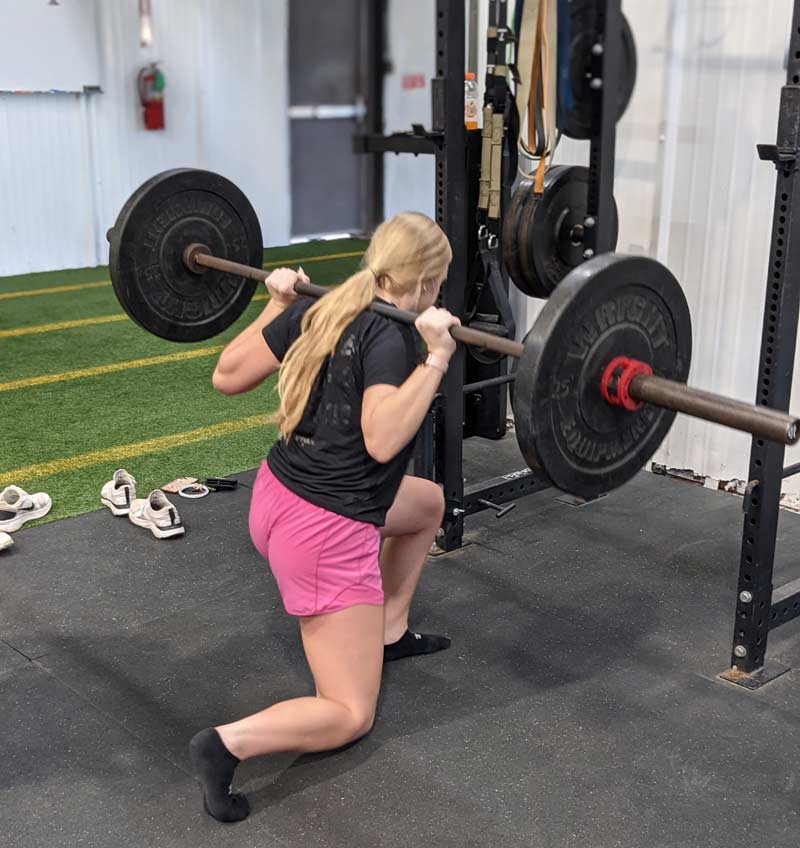
5. The Best Conditioning Comes from Playing Games
I had a sports coach approach me with a very basic question when it came to his team’s fitness. He bragged about how much they conditioned throughout the year, but he followed it with a very contrasting, “But it takes us weeks to get back into game shape.” An obvious answer to me, but one he had never thought about, was that “You’re not training them to be in game shape, you’re training them to pass your fitness tests.”
He nodded, I nodded, and then he asked, “Then what gets kids in shape to play a game?”
My answer? “Play more games.”
Now, you obviously can’t get away with just playing games, but you can incorporate more game-like drills into your schedule. Something that we have begun pushing is warm-up games and finisher games. For example, we will dedicate the very first 5 minutes of a workout to some kind of silly game where the objective is to force kids to move more without over-taxing their system. Dodgeball is a great example of working up a sweat without really having to move maximally.
At the end of that training session, we will spend 10 to 15 minutes playing a more intense and dynamic game. Something like ultimate frisbee, freeze tag, or even pick-up basketball will work multiple energy systems and “trick” the kids into getting some game-like conditioning in. What I learned from this dual game play system is that kids look forward to the mental warm-up of the first game, but also to getting one final chance at a WIN. Not only were we checking the physical box, we were checking the mental.]
Not only were we checking the physical box, we were checking the mental, says @endunamoo_sc. Share on X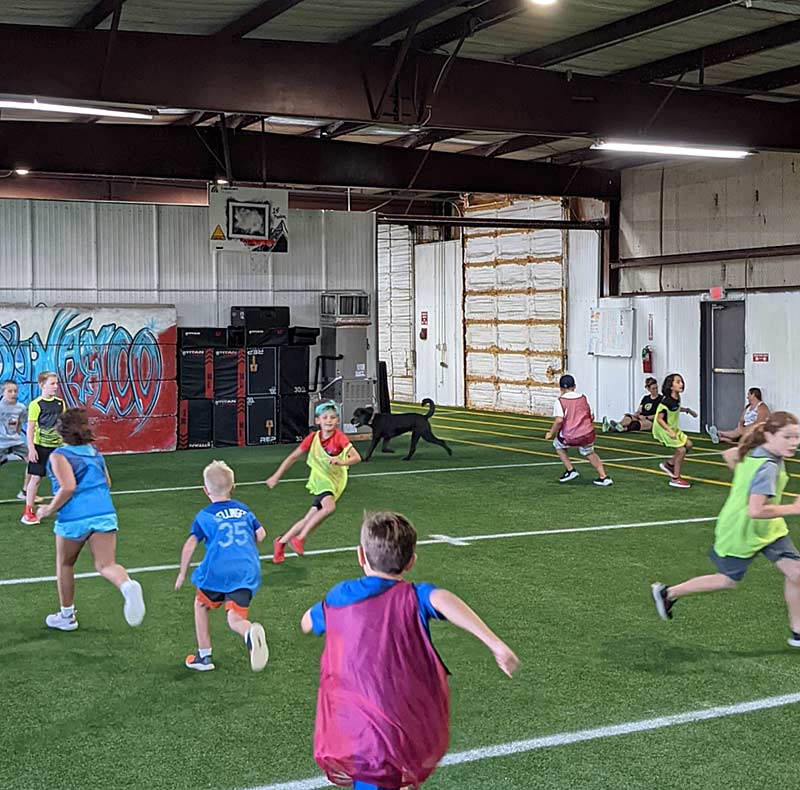
6. Go Fast to Get Fast
If there is one thing I wish I could share with sports coaches, it is that speed breeds speed. Too often I will get a kid at the end of track season who, to his knowledge, is the fastest he has ever been—until we put the lasers to him. In many instances his 10- and 40-split times are way down from last time. Why? Around here, track season is more about who can survive the beating than who is the fastest.
I’m not anti-track, but I am anti “if he survives, he survives” workouts. Granted, if you want to be the best 400-meter dash runner, I applaud you; but if you want to be one of the fastest guys on the football or baseball field, your training needs to support those goals. One of the things we did this summer was break out the timing systems more and have more competitive running drills. By showing the kids their speed times, we encouraged more high-speed outputs. By racing in a way that rewarded winning—but also adjusted for those who needed more realistic competitions—we were able to get better reps from each kid. The result was dozens of lifetime 10- and 40-yard dash PRs from kids aged 12 to 22.
By showing the kids their speed times, we encouraged more high-speed outputs, says @endunamoo_sc. Share on X7. Building Habits Is Better than Creating Goals
I have always been a huge advocate of setting goals and building mental resilience. Each time we test our athletes, we spend time setting new goals. This year we shifted the focus from the goal to the habits that support that goal.
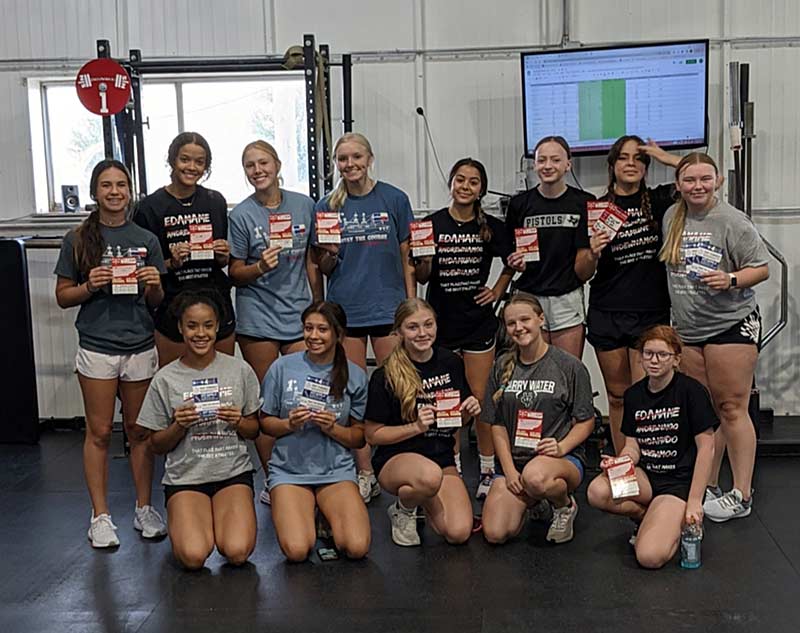
In the book Atomic Habits, James Clear says, “You do not rise to the level of your goals, you fall to the level of your systems.” We use several of his strategies on our goal cards to build intrinsic motivation and consistency. Each card starts with our members identifying who they are as an athlete. Then we establish good habits we want to amplify, and bad habits we want to reduce for the upcoming month. Finally, each athlete picks two tested areas that they want to improve. These cards are successful when it is placed where they see it daily. As James and other professionals have said, “Your habits shape your identity, and your identity shapes your habits.”
Looking Ahead
In ancient Israeli cultures, the number 7 represented completeness. We have seven days in a week. The oceans were once described as the seven seas. Everyone knows about the seven deadly sins. But, as I look at this list, I know that it is not complete.
By 2023, I will have seven more nuggets of wisdom that influence the way I coach, run a business, and try and impact those around me. As we tumble into the fall season and my sport coach peers get back to the grind, I finally get to enjoy the spoils of what we spent the entire summer building. And like all good things, it’s only a matter of time before hundreds more athletes come knocking on my door and I get another crack at sharpening my skills. When it comes to getting better, Roy T. Bennet said it best: “Let the improvement of yourself keep you so busy that you have no time to criticize others.”
Since you’re here…
…we have a small favor to ask. More people are reading SimpliFaster than ever, and each week we bring you compelling content from coaches, sport scientists, and physiotherapists who are devoted to building better athletes. Please take a moment to share the articles on social media, engage the authors with questions and comments below, and link to articles when appropriate if you have a blog or participate on forums of related topics. — SF

